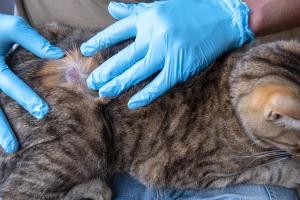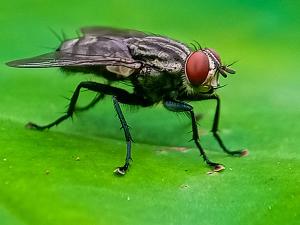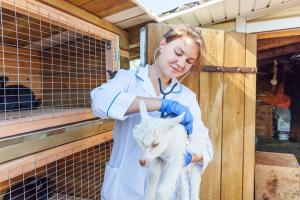News
All series
Advertisement
Advertisement
Trending on dvm360
1
Tarter control toothpaste receives VOHC Seal of Acceptance
2
Nonpharmacologic ways of managing pain and separation anxiety in dogs
3
Q&A: What the 2023 ACVIM update means for leptospirosis vaccination
4
Clinic center: Schwarzman Animal Medical Center completes $125 million renovation, and other updates
5












